Are you fascinated by religious architecture and history? Here are the must-see religious buildings in Italy:
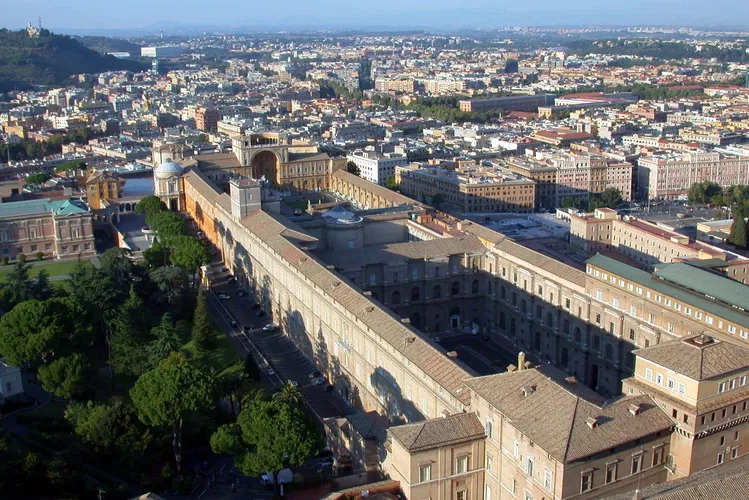
Vatican Museums
RomeThe Vatican Museums, situated in Vatican City, are recognized as some of the largest museums globally. They were constructed by the Roman Catholic Church during the Renaissance period and are renowned for housing a vast collection of significant sculptures. These museums offer a unique opportunity to explore the rich history and artistic heritage of the Catholic Church.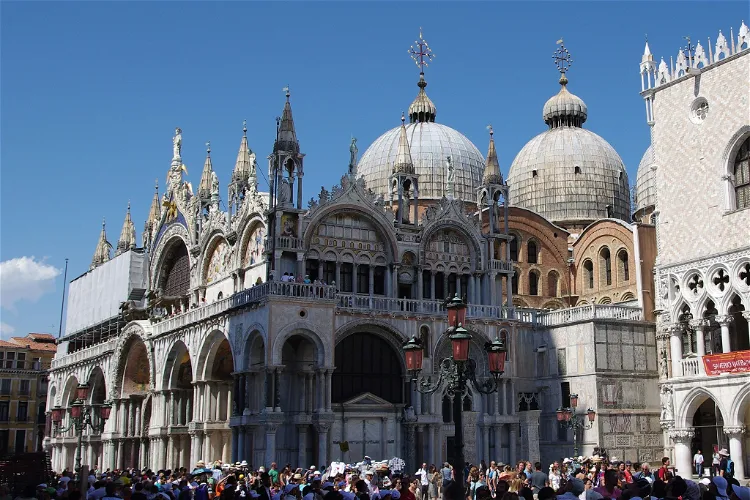
St Mark's Basilica
VeniceSt Mark's Basilica, situated in the heart of St Mark's Square, is a renowned example of Byzantine architecture. This cathedral is one of the most iconic church buildings in the city, showcasing the rich history and architectural prowess of Venice.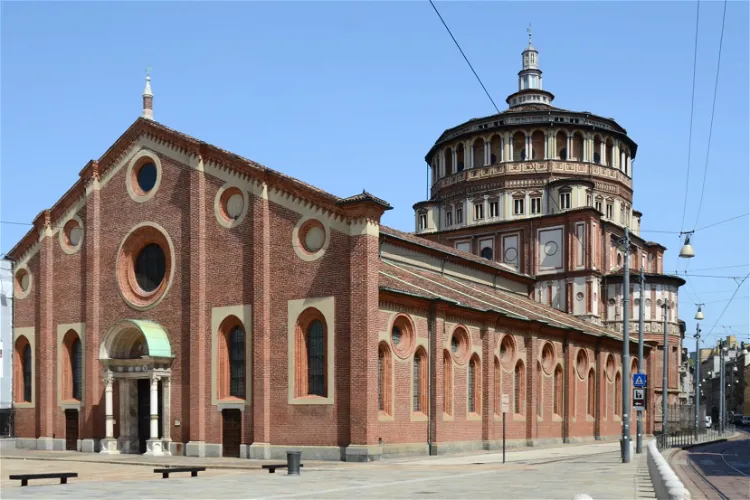
Santa Maria delle Grazie (The last supper)
MilanSanta Maria delle Grazie, located in Milan, northern Italy, is a church and Dominican convent that holds the status of a UNESCO World Heritage Site. This historic site is renowned for its architectural beauty and cultural significance, making it a notable destination for tourists visiting Italy.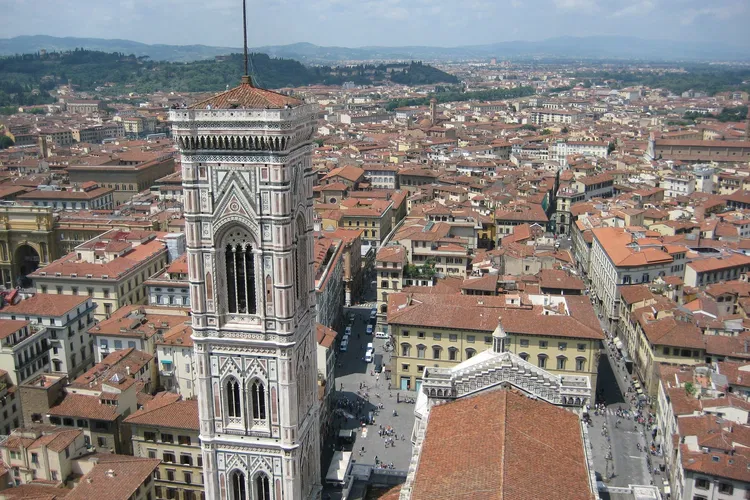
Giotto's Bell Tower
FlorenceGiotto's Bell Tower, located in Duomo Square in Florence, Italy, is a standalone bell tower that forms part of the complex complementing the Florence Cathedral. This architectural marvel is a significant part of Florence's Gothic architecture and is worth a visit for its rich plastic arts decoration and colorful marble plating.
Basilica of Saint Clare
AssisiThe Basilica of Santa Chiara, located in Assisi, Umbria, Italy, is a church dedicated to Saint Clare of Assisi. This historic site is a significant place of worship and a testament to the life and works of Saint Clare. Visitors can explore the church's architecture and learn about its rich history.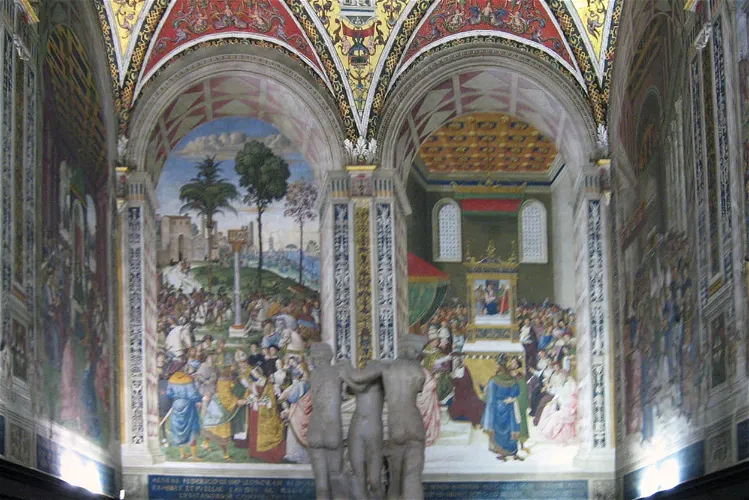
Piccolomini Library
SienaThe Piccolomini Library, located within the Siena Cathedral, is a significant historical site dedicated to the life of Pope Pius II. The library was established by his nephew, Cardinal Francesco Piccolomini, who was also the Bishop of Siena. The library houses precious book collections of the humanist Pope, Enea Silvio Piccolomini, who passed away in 1464. The library's entrance is from within the cathedral itself.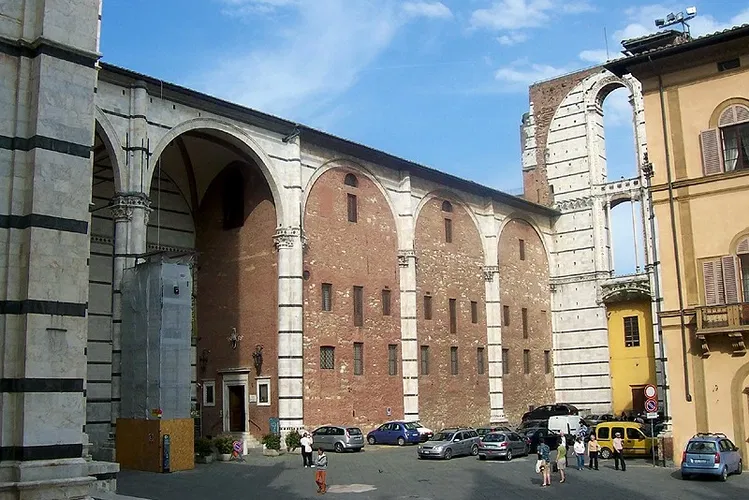
Museo dell'Opera del Duomo (Siena)
SienaThe Museo dell'Opera Metropolitana del Duomo is a museum located in Siena, Italy. It is dedicated to preserving the works of various artists who have contributed to the city's rich cultural and artistic heritage over the centuries. These works were created for the dome, baptistery, and oratory of San Bernardino, some of the city's most significant architectural landmarks.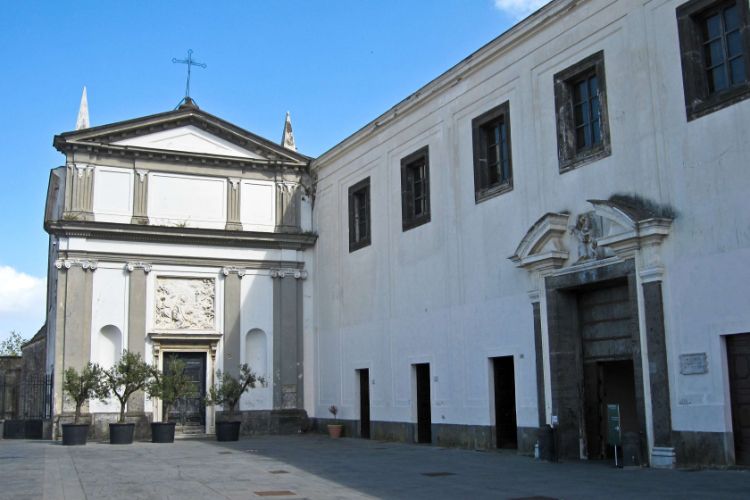
Certosa e Museo di San Martino Napoli
NaplesCertosa e Museo di San Martino Napoli (Charterhouse of St. Martin) is a museum in Naples and is a former monastery complex on top of the Vomero hill. The museum houses collections of Spanish and Bourbon era artifacts, as well as displays of the presepe (Nativity scene) that is considered to be one o- 9
Benedictine Monastery of San Nicolò l'Arena
CataniaInscribed in the UNESCO World Heritage List, this monastery is a must-see! Visit the church, ancient Roman house and the museum of art, too. 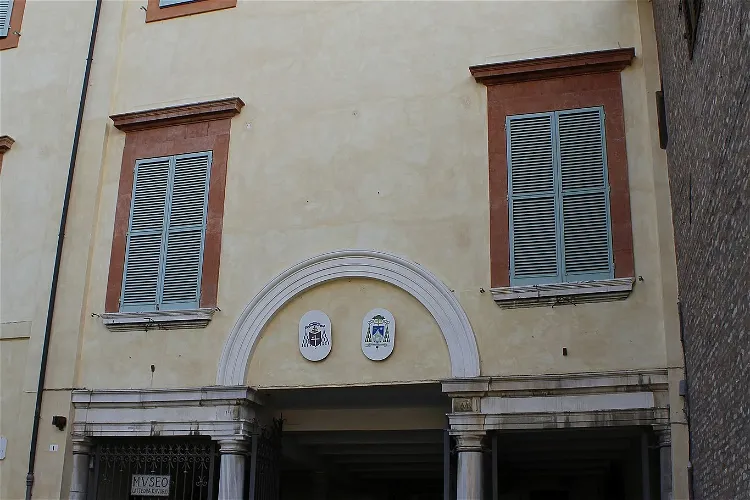
Archiepiscopal Museum
RavennaThe Archiepiscopal Museum of Ravenna is a significant destination for those interested in early Christian, Byzantine, and medieval archaeology. It is conveniently located in the Archbishop's Palace, situated in the historic center of Ravenna. This location not only provides easy access for visitors but also adds to the historical ambiance of the museum.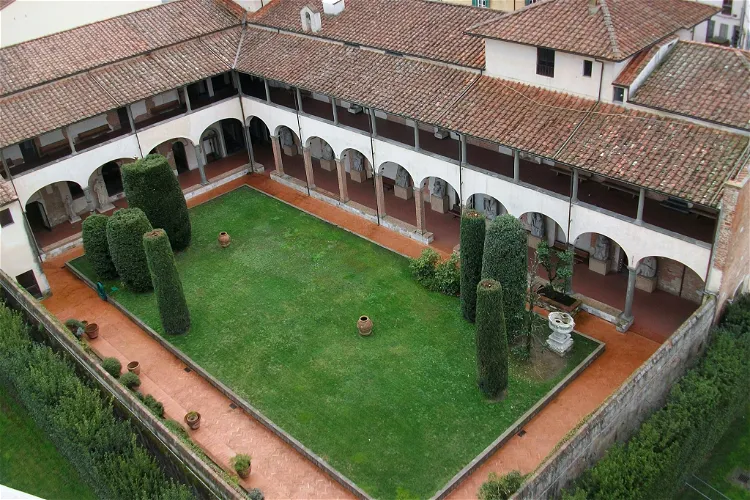
Opera del Duomo Museum
PisaThis museum holds an impressive collection of artifacts that once used to be the Cathedral Treasure, including medieval liturgical objects and sculptures. Local tip: the cloister of the museum offers a splendid view of the Leaning Tower.
National Museum of Villa Guinigi
LuccaThe Museo Nazionale di Villa Guinigi is housed in a villa, one of the oldest and most prestigious buildings in the city. This villa was commissioned by Paolo Guinigi, who was the lord of Lucca from 1400 to 1430. The construction began in 1413 by craftsmen from northern Italy, and the villa was intended to be Guinigi's 'residence of delights'.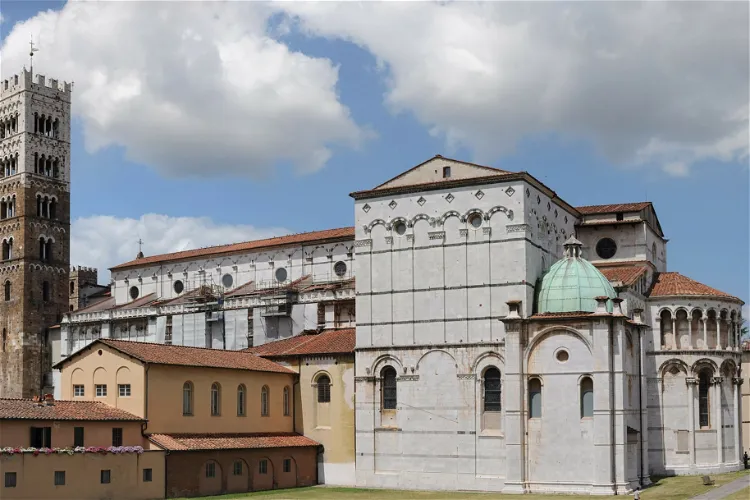
Complesso Museale e Archeologico della Cattedrale di Lucca
LuccaVisit the museum which preserves artworks from the Cathedral of St. Martin. Admire the valuable religious artefacts.
Duomo Museum
MilanThe Duomo Museum in Milan (Museum of the Duomo of Milan) is a museum that originates from the cathedral, from which all the works on display have been taken. The museum is housed inside the Royal Palace. A tour through the museum also includes the Church of San Gottardo in Corte. The tour through th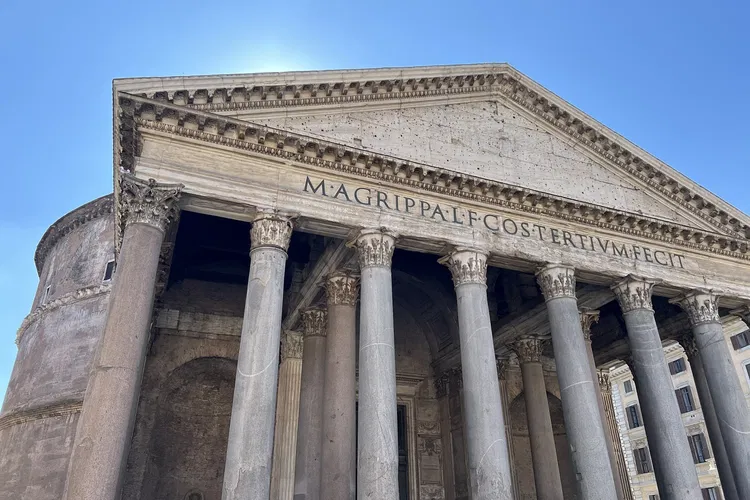
Pantheon
RomeThe Pantheon is an ancient temple in Rome, rebuilt in the 2nd century AD. It is one of the best-preserved Roman buildings in the world, thanks to its transformation into a church in the 7th century and its continuous use and maintenance since then. This makes it a unique historical site that offers a glimpse into the architectural prowess of the ancient Romans.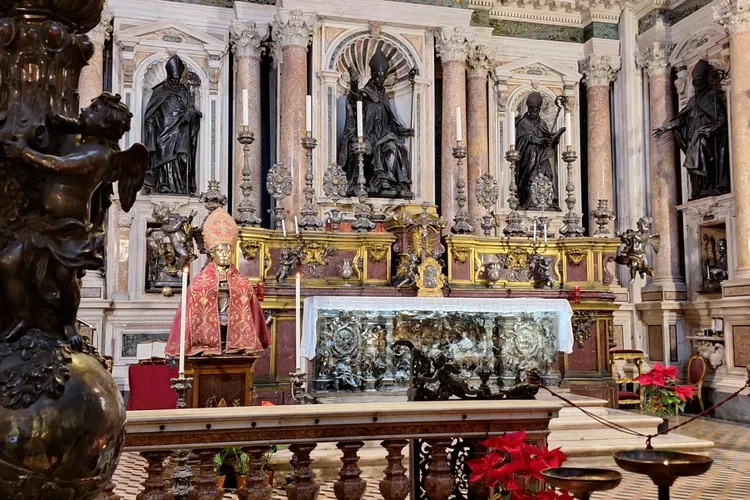
Cathedral of Naples, Chapel of St. Januarius
NaplesThe Royal Chapel of the Treasure of St. Januarius, also known as the Reale cappella del Tesoro di San Gennaro, is a significant part of the Cathedral of Naples in Italy. This chapel is dedicated to St. Januarius, who is the patron saint of the city. It is the most lavishly decorated chapel in the cathedral, showcasing contributions from the premier Baroque artists in Naples.
Foro Romano e Collezione Archeologica
AssisiThe Civic Museum and Roman Forum of Assisi offers a unique opportunity to explore the remnants of the ancient Roman forum of the town. In addition to this, the museum houses a collection of archaeological objects that are relevant to the history of the region. These artifacts provide a glimpse into the past, shedding light on the cultural and historical significance of Assisi during the Roman era.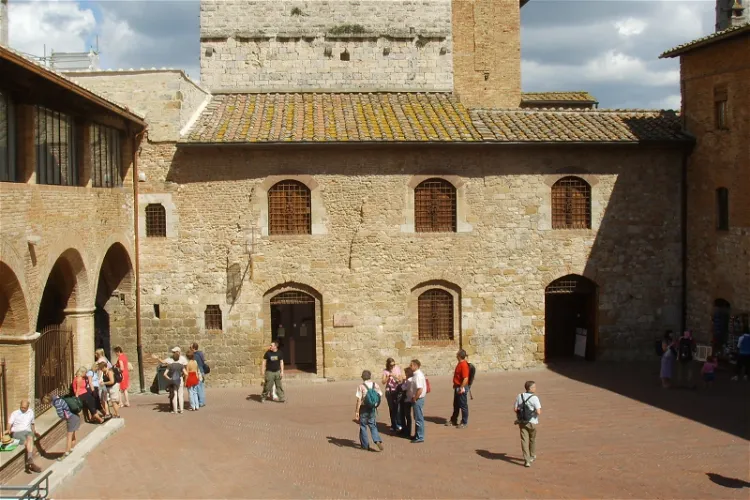
Museum of Sacred Art San Gimignano
San GimignanoThe Museum of Sacred Art of San Gimignano is situated in the historic building of the ancient dormitory of the Chaplains. This location, in Piazza Pecori 1 in San Gimignano, adds a layer of historical significance to the museum, making it a fascinating destination for those interested in both art and history.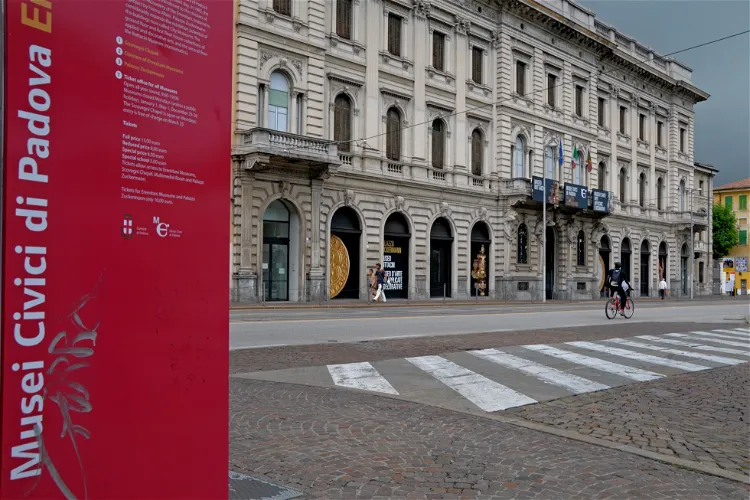
Civic Museum (Museo Civico di Padova)
PaduaThe Civic Museums of Padua, also known as the Civic Museums at the Eremitani, are a museum complex located in Piazza Eremitani in the city of Padua. This complex is a significant cultural hub in the city, housing a variety of collections and exhibitions that span across different periods and disciplines. The museums are situated in a historic location, adding to the overall cultural experience for visitors.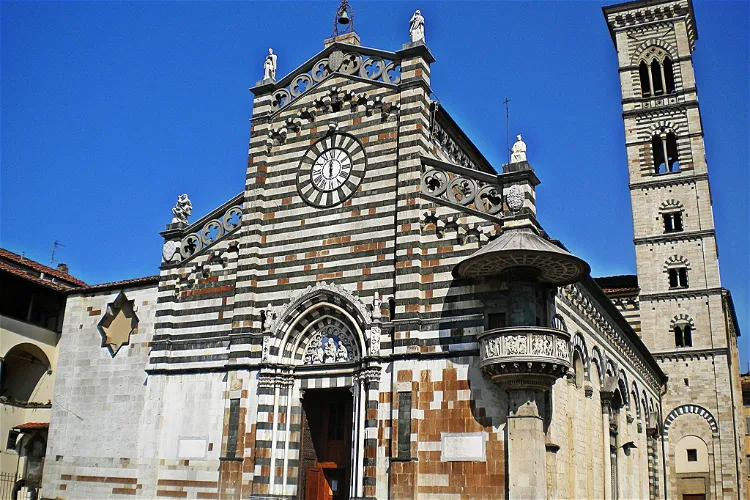
Museo dell'Opera dell Duomo
PratoThe museum's collection is organized as a diocesan museum. In 1980, the vaults beneath the cathedral's transept were incorporated into the museum's space. Further areas were added between 1993 and 1996, culminating in a comprehensive itinerary that takes visitors through various sections of the museum. This journey includes rooms in the old Palazo dei Proposti, around the harmonious Romanesque cloister, and concludes under the cathedral.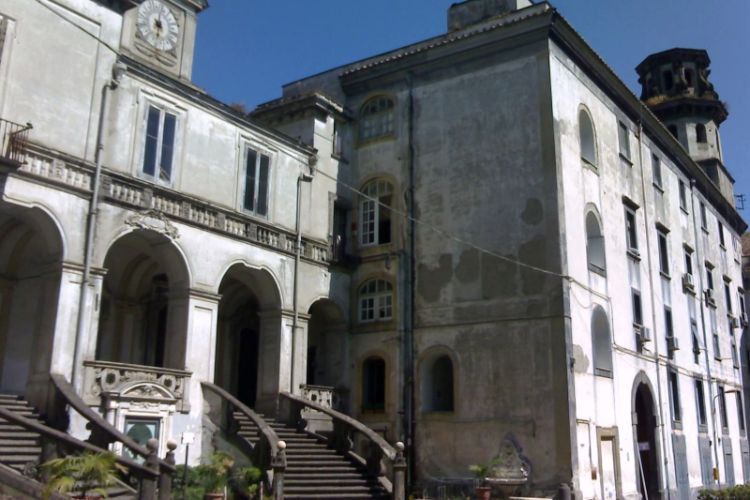
Farmacia Storica degli Incurabili
NaplesThe Ospedale degli Incurabili (Hospital for the Incurables) or Complesso degli Incurabili is an ancient hospital complex in Naples. Part of the complex, including the pharmacy, are now the Museo delle arti sanitarie of Naples. The museum exhibits archival documents, furnishings, silverware, sculptur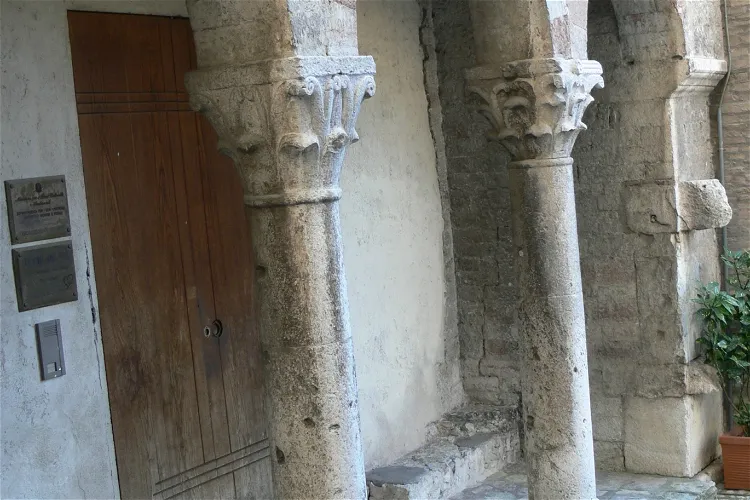
Museo archeologico nazionale e Teatro romano di Spoleto
SpoletoThe National Archaeological Museum of Spoleto is an Italian state museum that is situated within the monumental complex of Sant'Agata in Spoleto. Since December 2014, the museum has been managed by the Umbria Museum Pole, which became the Regional Museum Directorate in December 2019. This museum is a significant cultural institution that houses a vast collection of archaeological artifacts.
Scuola di San Giorgio degli Schiavoni
VeniceThe interior of the Scuola Dalmata dei Santi Giorgio e Trifone is adorned with a series of significant works of art. Among these is a renowned pictorial cycle by Vittore Carpaccio, a prominent Venetian painter of the early Renaissance. This cycle of paintings, depicting the stories of the school's patron saints, is still visible in the lower hall of the school and is a highlight for visitors.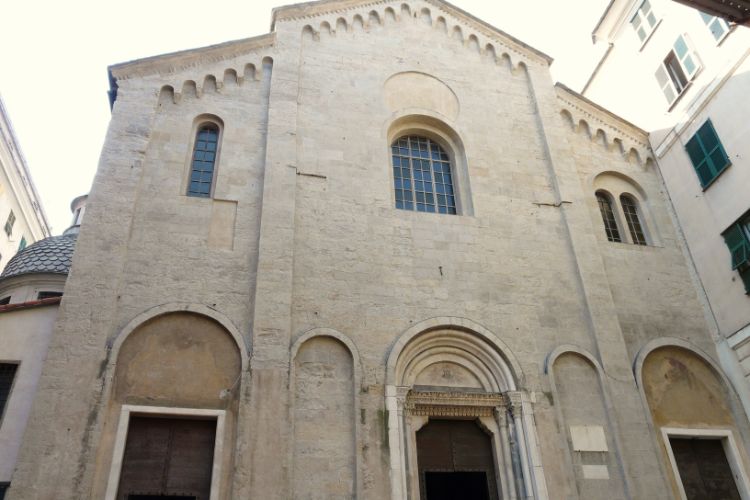
Basilica di Santa Maria di Castello
GenoaThe church of Santa Maria di Castello is a Catholic religious building in the historic center of Genoa, on the hillside in the district of Molo. It is one of the oldest Christian places of worship in Genoa and one of the most intact Romanesque buildings in the city. The Museum of Santa Maria di Cast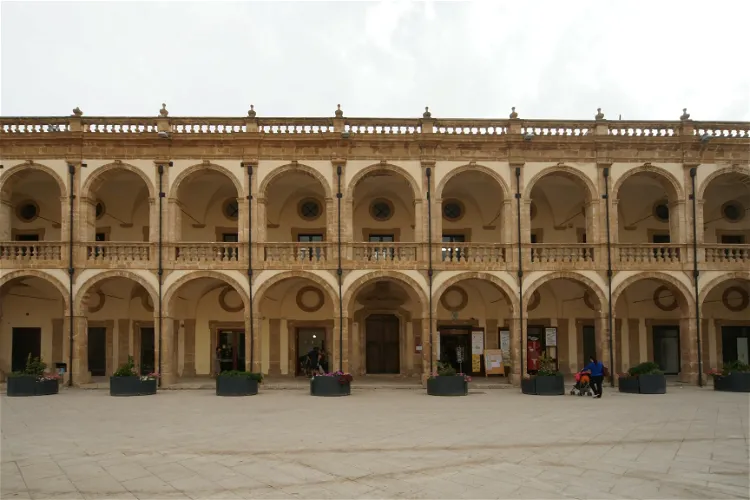
Museo Diocesano di Mazara Del Vallo
Mazara del ValloThe Diocesan Museum "Vito Ballatore" in Mazara del Vallo is a repository of a significant collection of sacred art. This includes sculptures, silverware, and sacred vestments that span from the 14th to the 19th century. The museum also houses a variety of paintings, making it a rich source of historical and artistic knowledge.
Brancacci Chapel
FlorenceLocated in the Church of Santa Maria del Carmine, the Brancacci Chapel is notable for its outstanding frescoes made by Masaccio and Masolino, great Italian Renaissance painters. The work on the chapel was finished by Filippino Lippi. Some of the highlights include The Temptation of Adam and Eve and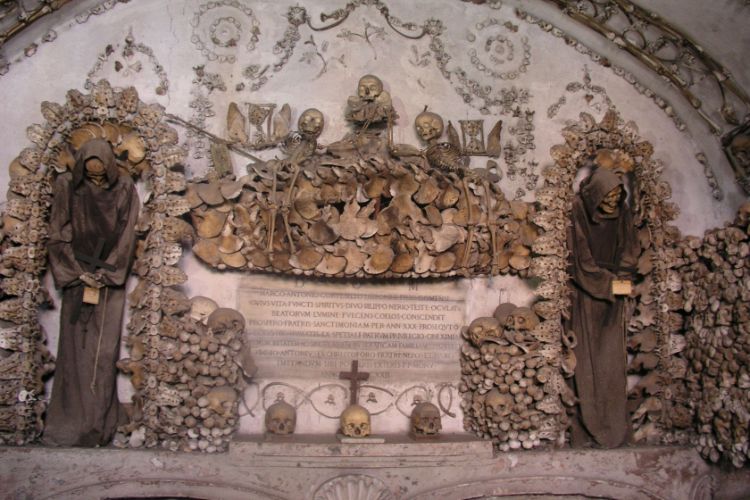
Museum and Crypt of Capuchins
RomeThe Museum and Crypt of Capuchins is located in a crypt under the church Santa Maria della Concezione dei Cappuccini. The museum presents bones of nearly 4000 Capuchin friars stored in the crypt. The bones are arranged into macabre decorations. The Capuchins have been using the church since 1631. So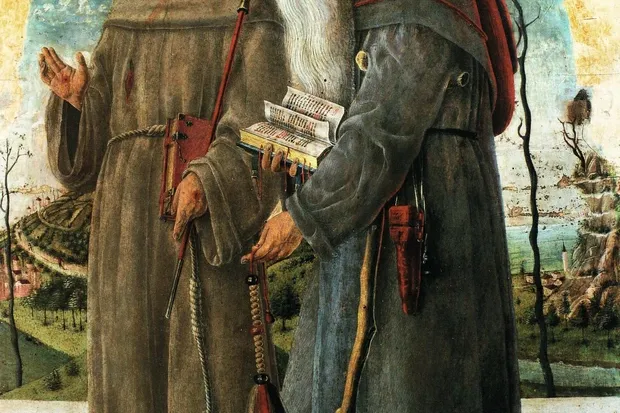
Diocesan Museum of Padua
PaduaThe Diocesan Museum of Padua is a significant cultural institution that showcases a wide array of arts and artifacts associated with the Roman Catholic Diocese of Padua. The museum is located in the Palazzo Vescovile, a former bishop's residence dating back to the 15th century. This historic building adds to the overall charm and appeal of the museum, making it a fascinating destination for those interested in art, history, and religion.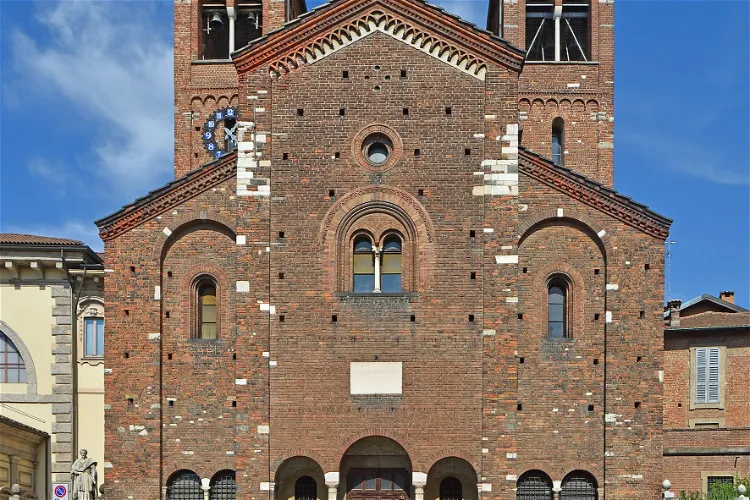
Crypt of San Sepolcro
MilanThe Chiesa di San Sepolcro, a church in Milan, Italy, is a significant historical site. It was originally constructed in 1030 and is situated at Piazza San Sepolcro in the city's historic center. This location makes it easily accessible for tourists and provides a glimpse into the rich history of Milan.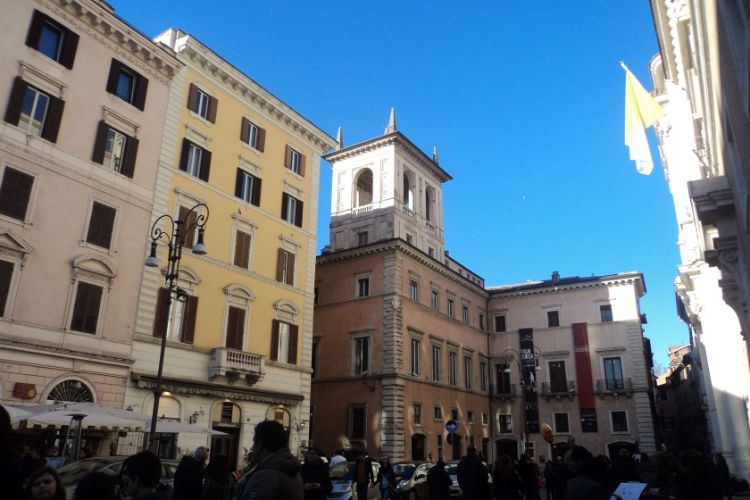
Museo Nazionale Romano - Palazzo Altemps
RomeThe Palazzo Altemps is a palace in Rome that was designed in the 15th century by Melozzo da Forlì for Girolamo Riario. In 1997 it was inaugurated as a museum and became part of the National Roman Museum showing ancient works of art with sculptures from Renaissance collections such as the Boncompagni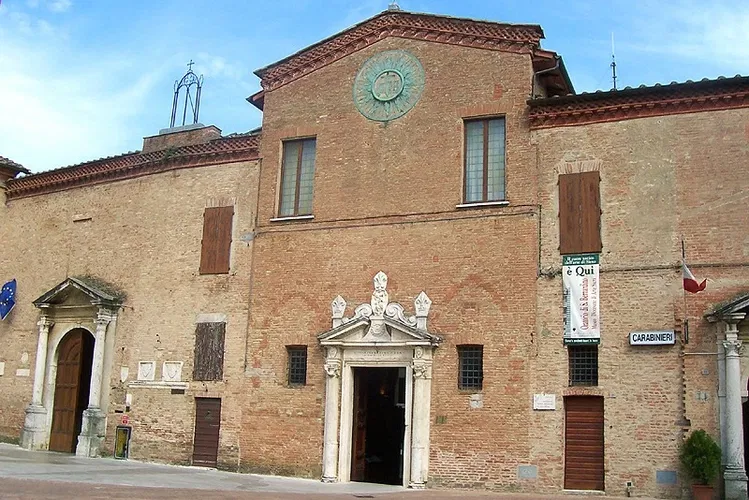
Oratory of the Compagnia di San Bernardino
SienaThe Oratory now serves as the Diocesan Museum of Sacred Art of Siena. It showcases a collection of works from the Sienese school, dating from the 13th to the 17th century. These works provide a comprehensive overview of the artistic evolution in Siena during this period.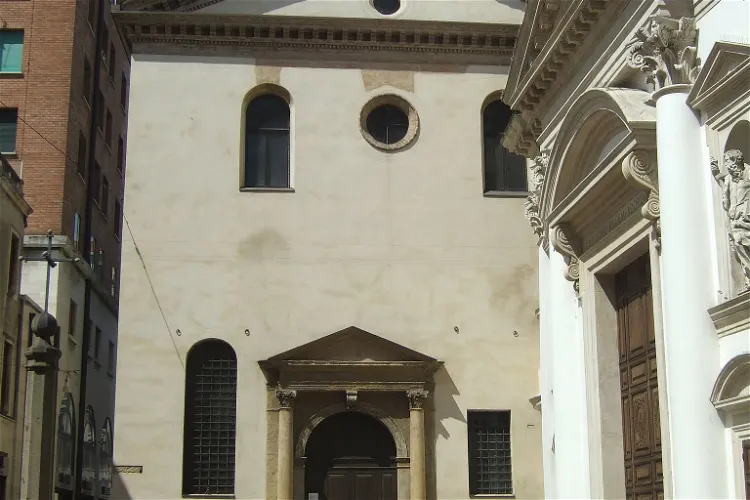
Oratorio di San Rocco - Padova
PaduaThe Oratorio di San Rocco, also known as the Scuola di San Rocco, is a medieval building that was used for religious purposes until 1810. It is located next to the church of Santa Lucia in Padua. The building was home to the Fraglia di San Rocco, which was established between 1525 and 1542 on previous buildings. It is now owned by the municipality.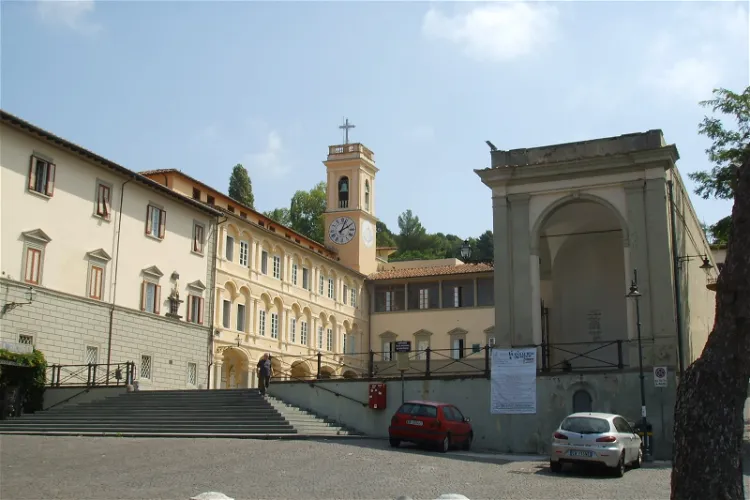
Sanctuary of Montenero
LivornoThe Sanctuary of Montenero, also known as the Sanctuary of Our Lady of Graces, is a religious complex of the Catholic Church located in Livorno, central Italy. It was elevated to the ranks of a minor basilica in 1818 and a diocesan sanctuary in 2015. The sanctuary is maintained by Vallombrosan monks and is dedicated to Our Lady of Graces of Montenero, the patroness of Tuscany.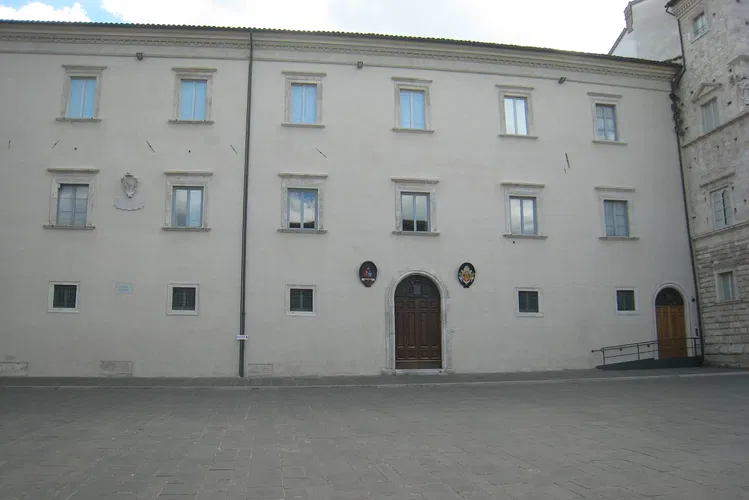
Diocesan museum of Ascoli Piceno, Italy
Ascoli PicenoThe Diocesan Museum in Ascoli Piceno is situated within a wing of the ecclesiastical palazzo. This palazzo also houses the city's pinacoteca and the state archeological museum, making it a significant location for those interested in art and history. The museum was established with the goal of preserving the artistic heritage of the diocese of Ascoli-Piceno and was opened in 1961.
Museo Diocesano e Gallerie del Tiepolo
UdineOriginally, the museum was housed in the basement of the city's archbishop's seminary. However, even before the earthquake in 1976, the process of moving the museum to the Patriarchal Palace had begun. This palace was the former residence of the patriarchs of Aquileia and, from 1751, of the archbishops of Udine. The building is considered one of the main monuments in the city of Udine.
Museo della Collegiata di Sant'Andrea
EmpoliThe Pinacoteca Museo della Collegiata di Sant'Andrea is situated in the town of Empoli, within the province of Florence. The museum is housed in several rooms of the canonica, which is adjacent to the collegiate church of Sant'Andrea. This location provides a unique setting for the museum, allowing visitors to experience both the historical and cultural aspects of the region.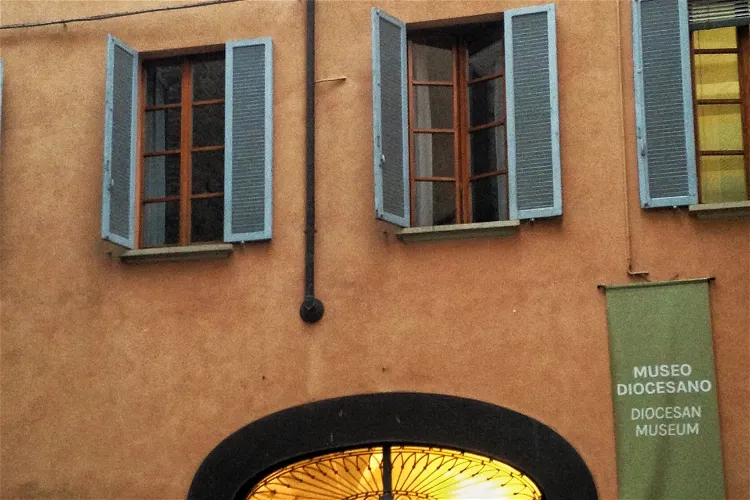
Museo Diocesano Benedetto Antelami
ParmaThe Diocesan Museum of Parma, inaugurated in March 2003, is housed in the basement of the restored Episcopal Palace. This restoration project allowed for the creation of an exhibition itinerary, providing a dedicated space for the display of archaeological finds and works of art from the Cathedral, the Baptistery, and the diocesan territory.
Museo del Duomo – Cattedrale di Udine
UdineThe Museo del Duomo di Udine is a museum located within the baptistery of the Udine Cathedral. It is dedicated to the blessed Bertrando di San Genesio, who lived from 1265 to 1350 and is considered one of the founding fathers of the city of Udine.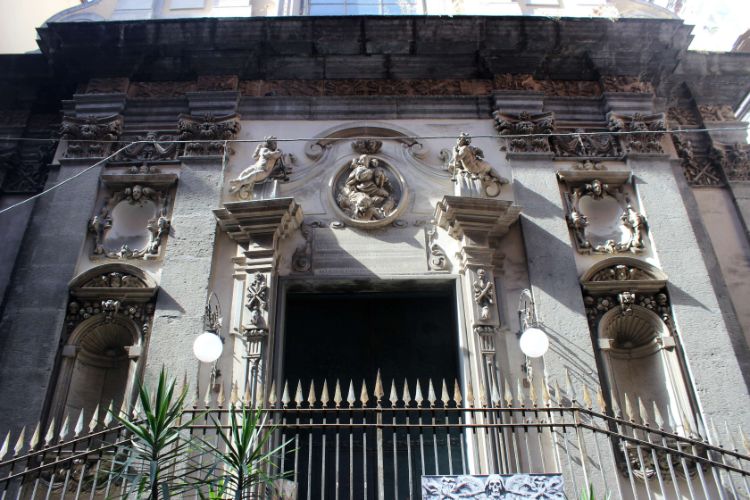
Purgatorio ad Arco
NaplesThe church of Santa Maria delle Anime del Purgatorio ad Arco, or just Purgatorio ad Arco, is a baroque church in Naples. The church is home to the Museo dell'Opera Pia Purgatorio ad Arco. The museum exhibits mostly liturgical objects, dating from the 16th to the 19th century. Furthermore, the museum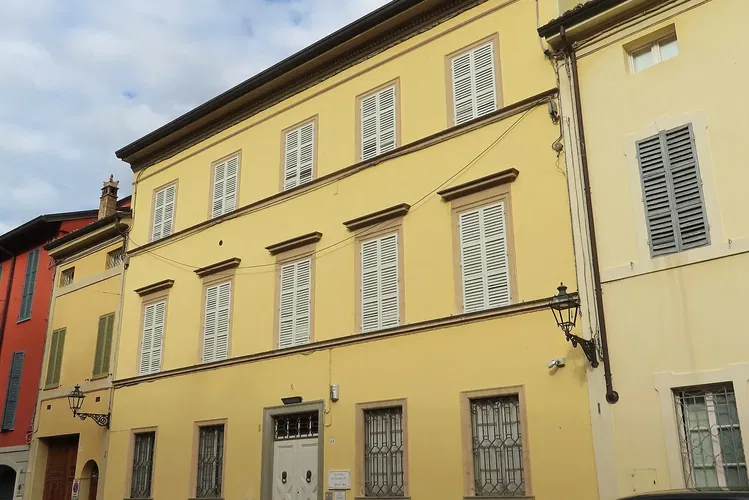
Museo Ebraico Fausto Levi
Castellina San PietroThe Fausto Levi Jewish Museum is situated at 43 Via Camillo Benso Conte di Cavour in Soragna, in the province of Parma. This location is part of the Association of Castles of the Duchy of Parma, Piacenza, and Pontremoli. The museum, along with an attached synagogue, offers a unique insight into the Jewish history and culture of the region.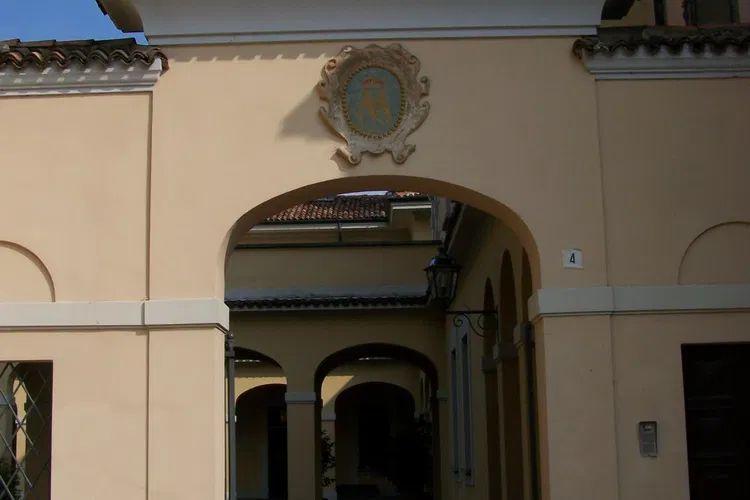
Museo del Santuario Arcivescovile della Beata Vergine dei Miracoli di Corbetta
CorbettaThe Museo del Santuario Arcivescovile della Beata Vergine dei Miracoli di Corbetta, also known as the Museo delle Camere di San Carlo, is a museum located in the town of Corbetta. It is housed in the local Marian sanctuary and offers a unique insight into the spiritual and pastoral experience of Saint Carlo Borromeo in Corbetta and its parish. The museum is open to the public by reservation.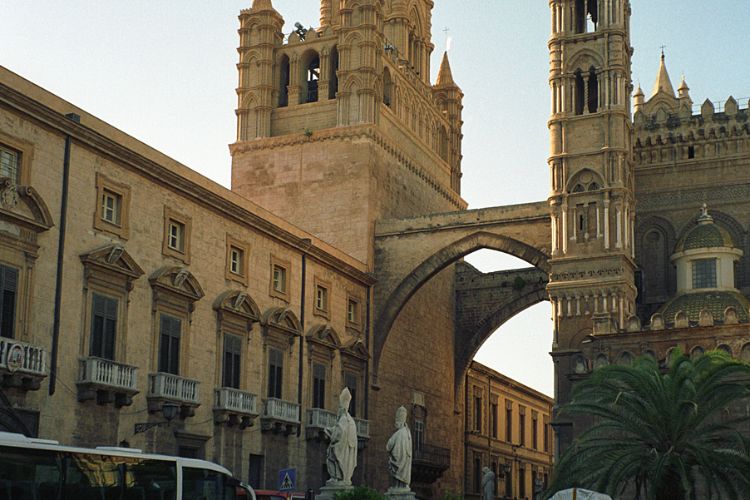
Museo Diocesano
PalermoThe Museo Diocesano (MUDIPA or Diocesan Museum of Palermo) is a museum in Palermo that is housed in some rooms of the Archbishop's Palace (the Palazzo Arcivescovile). The museum was founded in 1927 by Archbishop Alessandro Lualdi. After decades of closure for restoration and archaeological research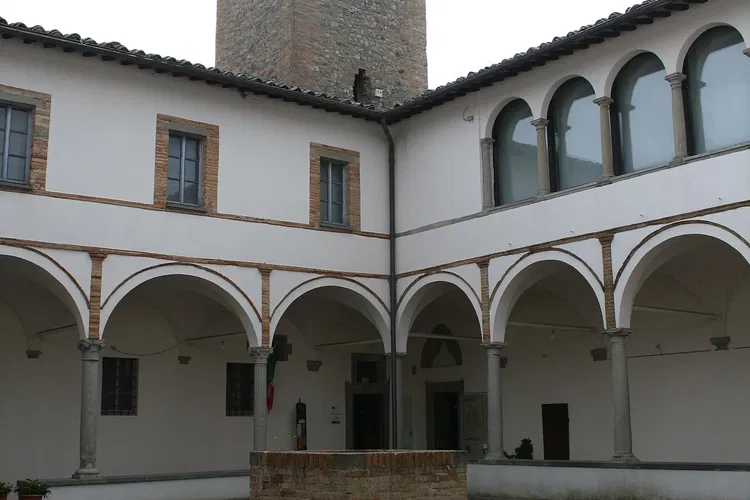
Complesso Museale di San Francesco Montone
MontoneThe San Francesco Museum Complex in Montone is a cultural hub that offers a unique blend of art and history. Housed in the Church of San Francesco, the complex consists of an art gallery and the ethnographic museum 'Il Tamburo Parlante'. The art gallery showcases a variety of works from renowned artists, while the ethnographic museum provides a fascinating insight into the local culture and traditions.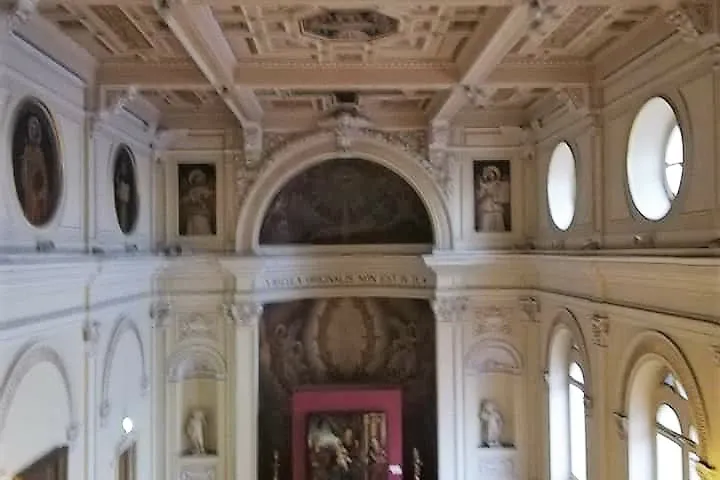
Museo Diocesano Catania
CataniaFrom the museum, visitors can access the terraces of the Clerics' Seminary Palace and Porta Uzeda. These vantage points offer two distinct panoramas. One overlooks the Piazza del Duomo of Catania, featuring the Elephant Fountain and Via Etnea with the Etna volcano in the backdrop. The other panorama presents the walls of Charles V, the Port of Catania with the Marina Arches, and extends up to the Ursino Castle. These views provide a comprehensive perspective of Catania's landscape and architectural beauty.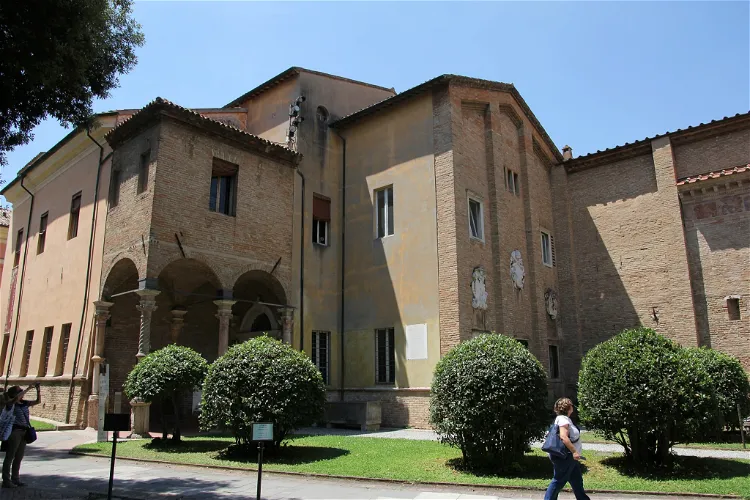
National Museum of Ravenna
RavennaThe National Museum of Ravenna, situated in the city of Ravenna, is a repository of a wide range of archaeological materials and stone artifacts from different periods. The museum's collection includes bronze figures, ivories, icons, weapons, and ceramics, offering a comprehensive insight into the region's rich historical and cultural heritage.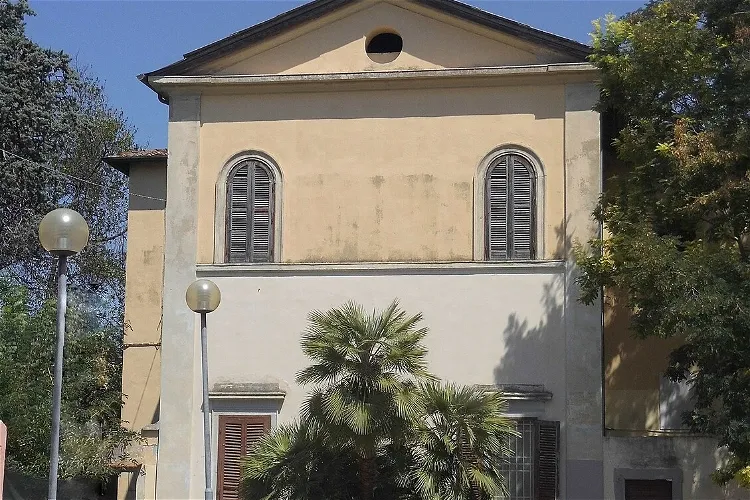
Museo ebraico Yeshiva Marini
LivornoThe Yeshivà Marini Jewish Museum is situated in the city of Livorno, specifically on Micali street. The museum is housed within a neoclassical building, specifically in its 19th-century oratory. This location provides a unique historical setting for the museum's exhibits.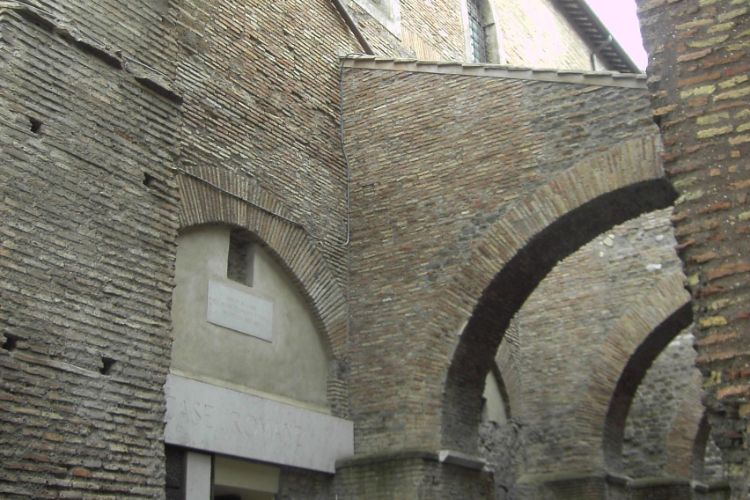
Case Romane del Celio
RomeCase Romane del Celio refers to the remains of a Roman residential complex below the Basilica dei Santi Giovanni e Paolo in the Celio district in Rome. There are many frescoes to be seen from different times and with different iconographic intentions. After a long restoration a museum opened here th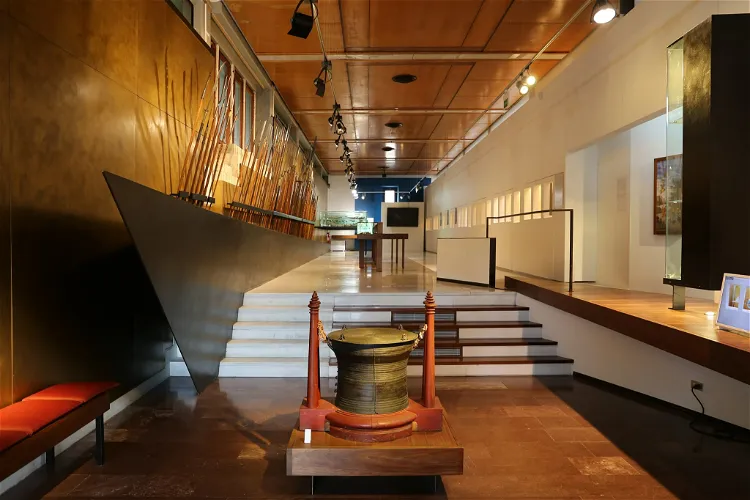
Museo d'Arte Siamese
CagliariThe Stefano Cardu Siamese Art Civic Museum is situated within the Citadel of Museums, a museum complex located in the Castle of Cagliari. This location not only offers a unique collection of Siamese art but also provides a historical setting, enhancing the overall experience for visitors.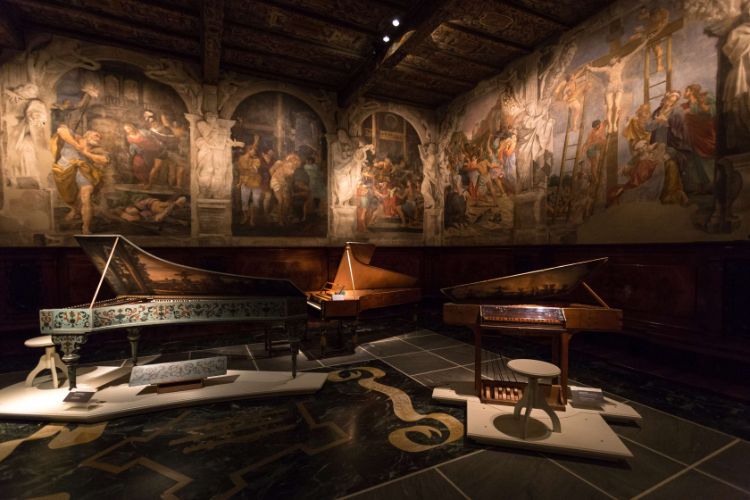
San Colombano - Tagliavini Collection
BolognaThe Oratory of the Madonna of San Colombano is a religious site in Bologna, which was built in 1591, atop the site of a chapel or small church that sheltered the painting of the Madonna dell’Orazione by Lippo di Dalmasio. The attached complex of buildings houses the collection of musical instruments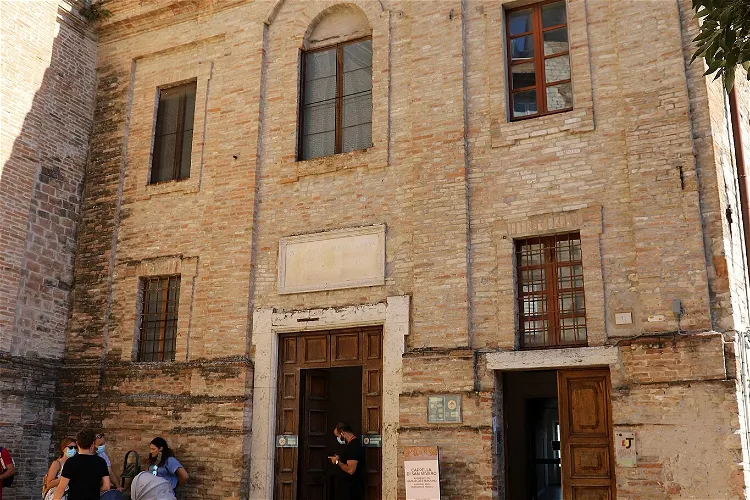
Cappella di San Severo
PerugiaThe San Severo Chapel is a part of the Camaldolese convent complex, located next to the San Severo church in Perugia. It currently functions as a small museum, housing the fresco of the Trinity and saints, a significant work by Raphael and Perugino. The fresco dates back to the period between 1505 and 1508, when Raphael worked on it, and 1521, when Perugino completed it.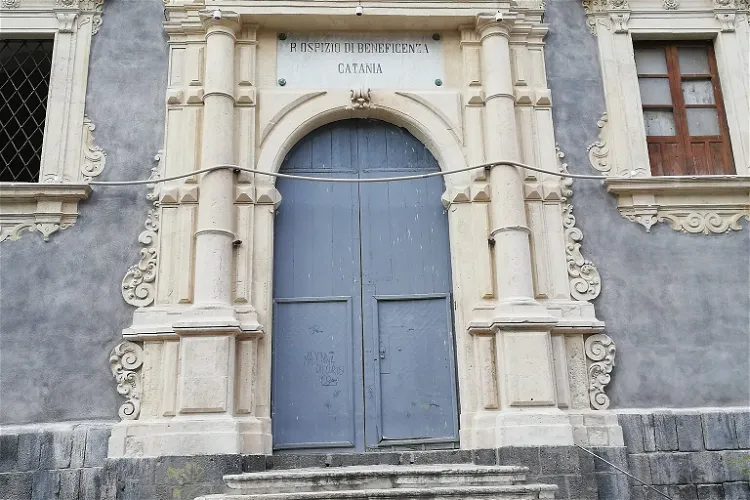
Church of Saint Francis Borgia
CataniaThe Church of San Francesco Borgia is a Roman Catholic church situated on Via Crociferi #7, in the city of Catania, in the region of Sicily, southern Italy. This location is easily accessible and is surrounded by other notable sites, making it a convenient stop for tourists exploring the area.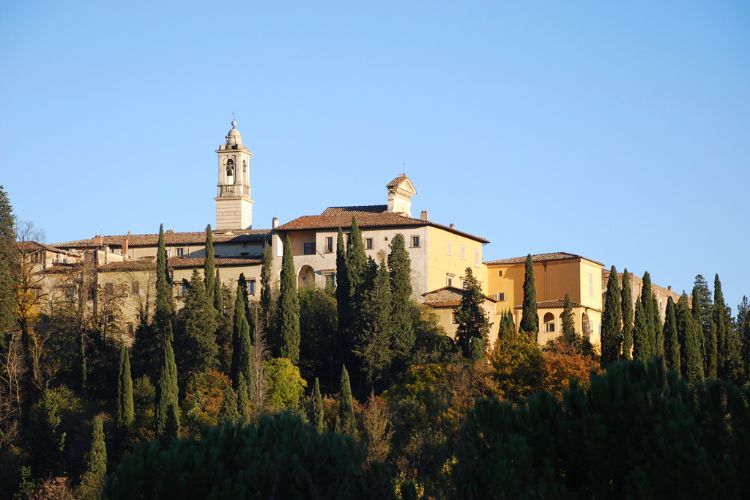
Florence Charterhouse
FlorenceThe Florence Charterhouse is a charterhouse or Carthusian monastery in Florence, a walled complex located on Monte Acuto. It was founded in 1341 by the Florentine noble Niccolò Acciaioli. Florence Charterhouse now holds lunettes from the cloister, frescoed by Pontormo.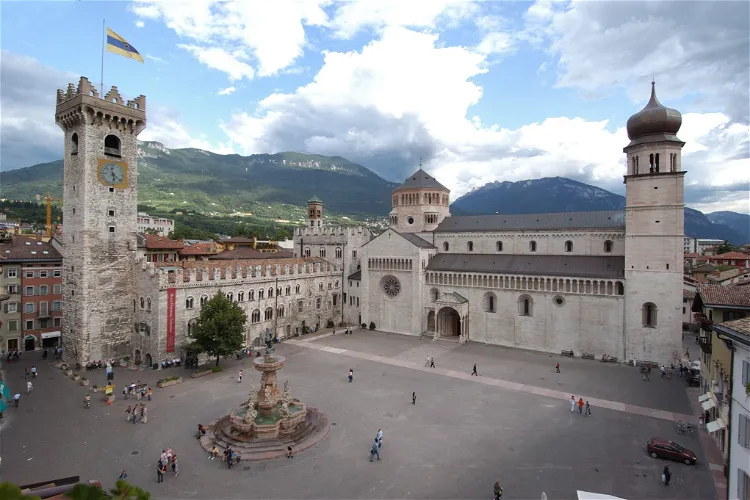
Tridentine Diocesan Museum
Provincia di TrentoThe Tridentine Diocesan Museum is situated in the Palazzo Pretorio, which was the first bishop's residence. This historic building is located next to the Cathedral of San Vigilio, in the heart of Trento, Italy. The museum houses a rich heritage of art and culture, dating from the 11th to the 19th century, originating from the churches of Trentino.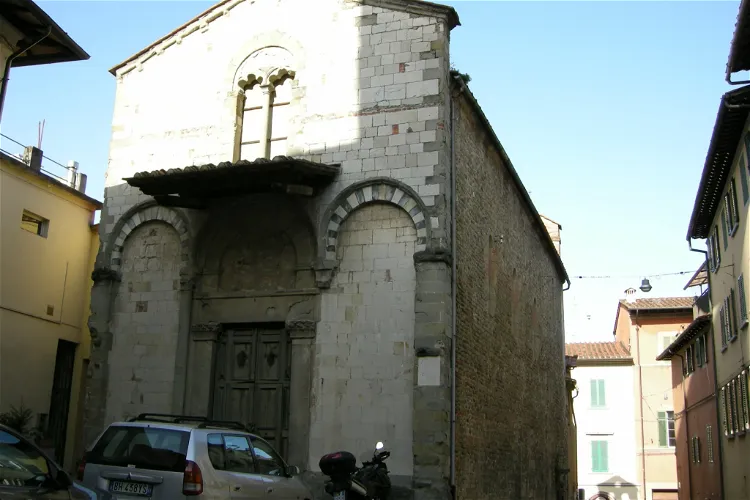
Museo di San Salvatore
PistoiaThe church of San Salvatore is situated in the city of Pistoia, in close proximity to the Piazza del Duomo. This location makes it easily accessible for tourists who are exploring the city's historic center. The church's location also provides a unique opportunity to experience the rich history and architectural beauty of Pistoia.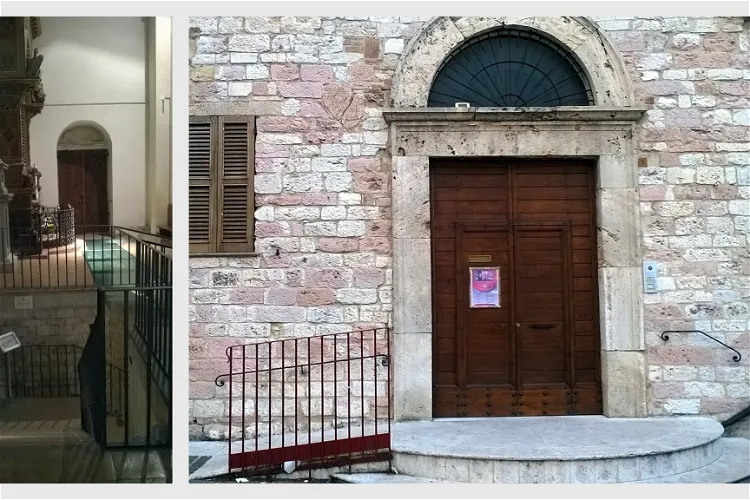
Museo Diocesano e Cripta di San Rufino
AssisiThe Museo Diocesano e Cripta di San Rufino is situated in the beautiful city of Assisi. It is located in the basement of the cathedral and the Canonici palace. This unique location adds to the historical and architectural charm of the museum, making it a fascinating place to explore.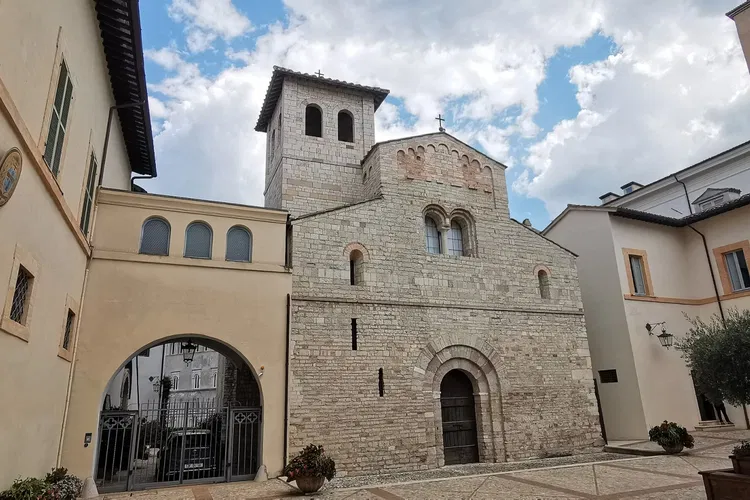
Museo Diocesano e Basilica di S.Eufemia
SpoletoThe Diocesan Museum of Spoleto is housed within the Archbishop's Palace. This historic building has a rich history, having previously served as a Benedictine monastery and even earlier, as the seat of the Lombard dukes. This provides a unique backdrop for the museum's collections and adds an extra layer of historical significance to your visit.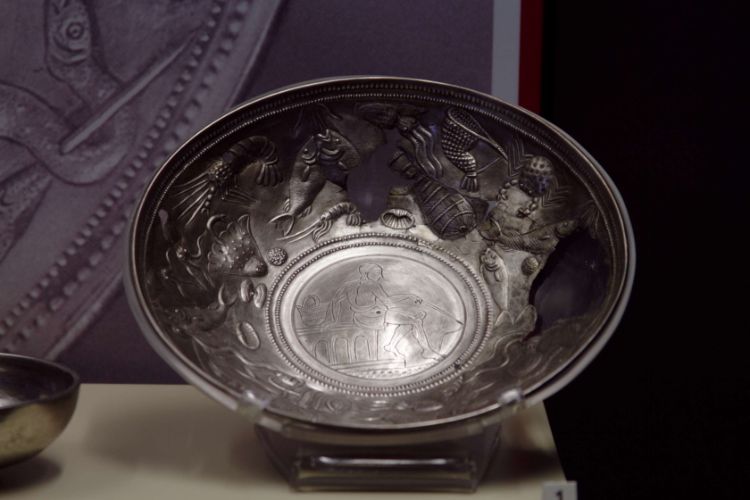
Archaeological Museum of Milan
MilanThe Archaeological Museum of Milan (Museo Civico Archeologico) is housed in the ex-convent of the Monastero Maggiore, next to the church of San Maurizio al Monastero Maggiore. The museum is dedicated to antiquity and the Early Middle Ages. On two levels the Archaeological Museum of Milan mainly show
Oratory of San Desiderio
PistoiaThe Oratory of San Desiderio is a significant historical site located in the region of Tuscany, Italy. Specifically, it can be found on Via Laudesi #53 in Pistoia. This prayer hall is a notable part of the city's rich cultural and religious heritage.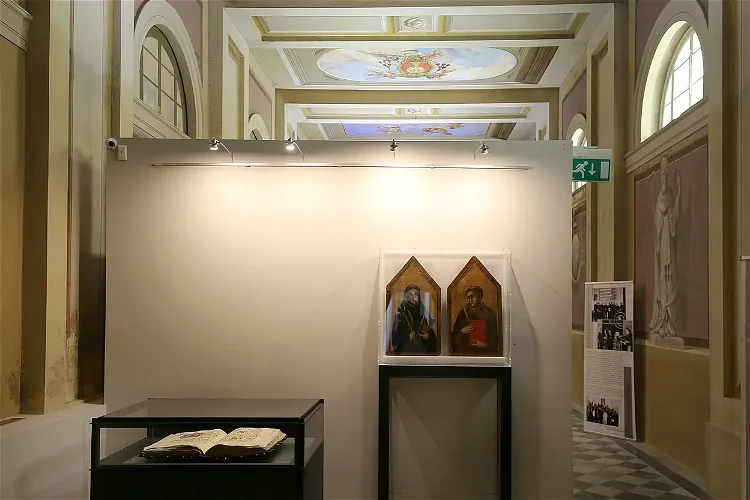
Museo Diocesano "Leonello Barsotti" di Livorno
LivornoThe Museo diocesano Leonello Barsotti is a museum of sacred art located in Livorno. It was inaugurated on December 22, 2008, and further expanded a year later on December 22, 2009. The museum is a testament to the rich religious history and art of the region, making it a significant destination for those interested in exploring this aspect of Livorno's culture.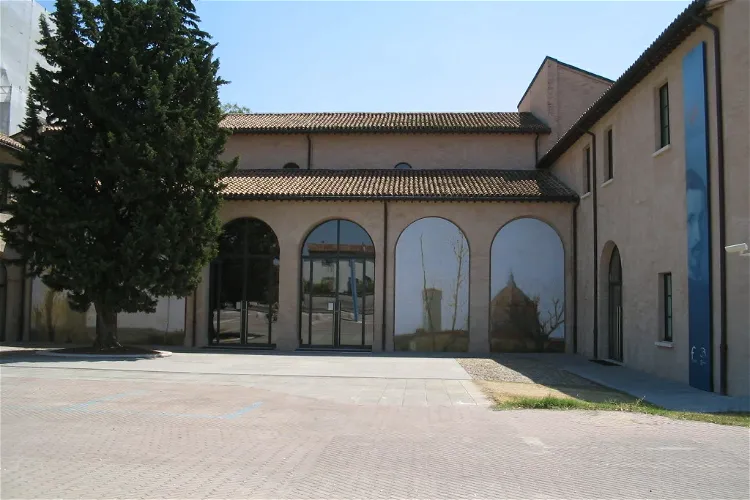
San Domenico Museum
ForlìThe San Domenico Museums are a collection of five buildings located in Forlì, Italy. They are named after a Dominican convent that dates back to the 13th century. This historical complex provides a unique insight into the rich history and culture of the region.
Museo Diocesano
GenoaThe Diocesan museum of Genoa (Museo Diocesano) is a religious museum in Genoa that is housed in the old residence of the canons of the Cathedral of San Lorenzo. The museum can be accessed through the cloister of San Lorenzo which was built in the 12th century. The museum houses objects from the dioc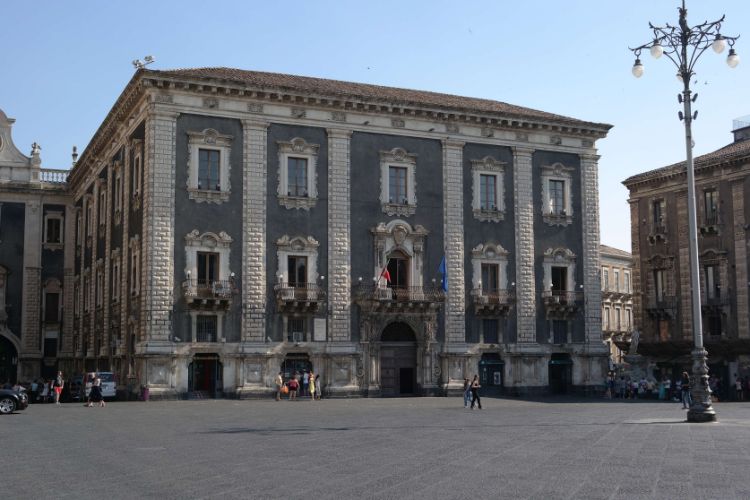
Museo Diocesano
CataniaMuseo Diocesano (The Diocesan Museum of Catania) is a museum in Catania, housed in the Palazzo del Seminario dei Chierici, built in the 18th century and adjacent to the Cathedral of Sant'Agata. The museum is structured in two distinct sections that include, the sacred furnishings of the cathedral of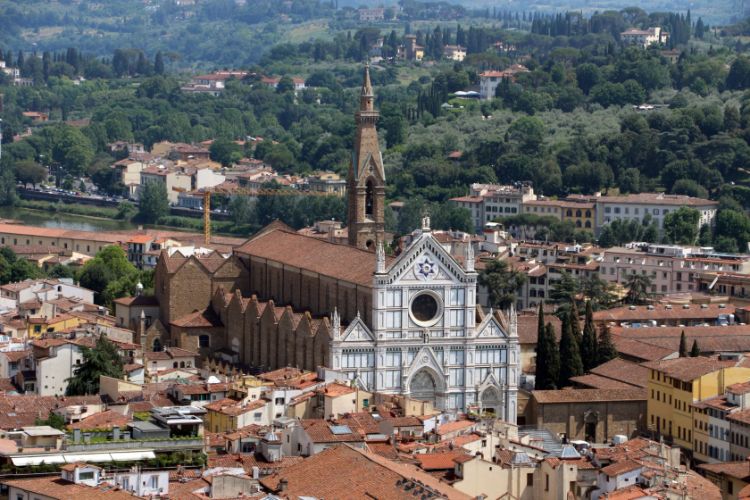
Museo dell'Opera di Santa Croce
FlorenceThe Basilica di Santa Croce is one of the most important churches of Florence and is considered one of the most beautiful Gothic basilicas of Italy. It is the largest Franciscan church in the world and because of all the burial monuments inside, the church functions as the pantheon of Florence. In t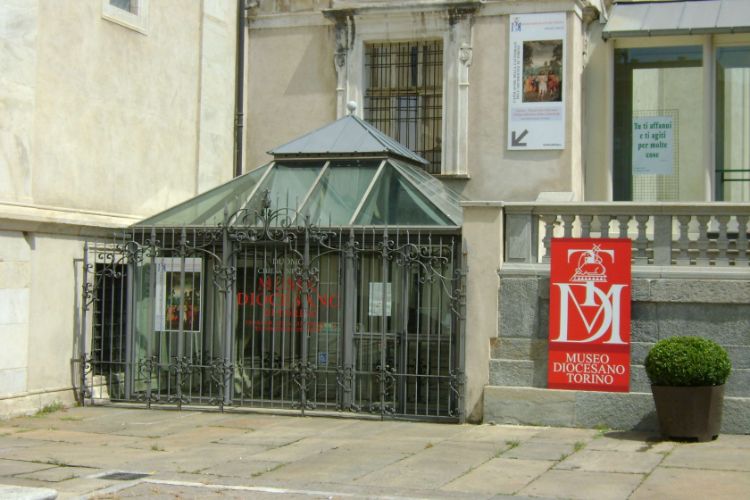
Museo Diocesano di Torino
TurinMuseo Diocesano di Torino (The Diocesan Museum of Turin) is a museum in Turin located in the lower church of the Cathedral of San Giovanni Battista. The archaeological excavations, carried out in recent years and now visible in the museum have highlighted the remains of three early Christian churche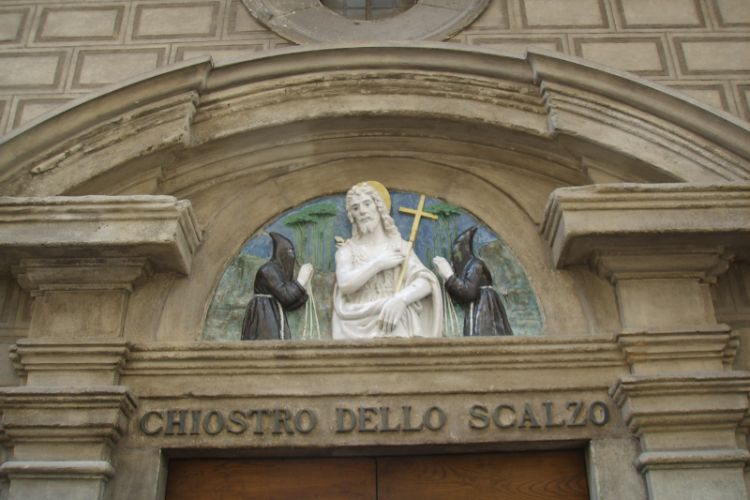
Chiostro dello Scalzo
FlorenceIf you want to see lesser known artworks of Florence, visit the Chiostro dello Scalzo and discover its hidden gems. This cloister served as the entrance to the chapel of the Confraternity of St. John the Baptist in the 14th century. Highlights are the beautiful frescoes depicting the life of St. Joh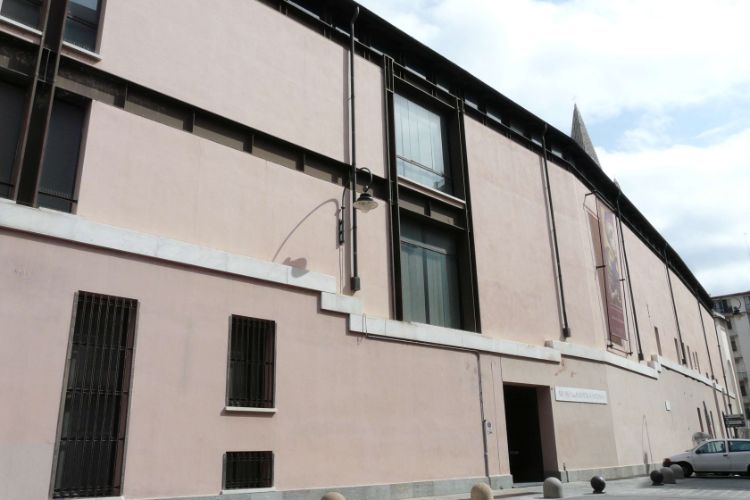
Museo di Sant'Agostino
GenoaSant'Agostino is a church in the historical center of Genoa, located in an Augustinian monastery from the 13th century. The museum displays Italian frescoes, sculptures and relics dating back to 10th century.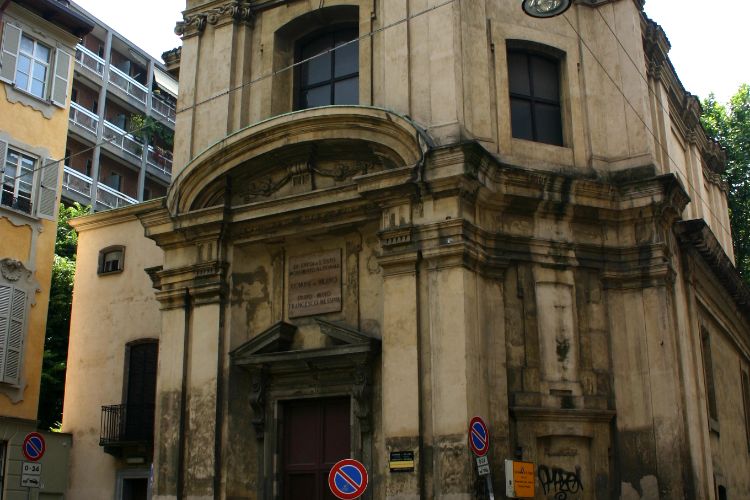
Museo Studio Francesco Messina
MilanThe Museo Studio Francesco Messina (Museum-studio Francesco Messina) is a museum in Miland that is located inside the deconsecrated church of San Sisto al Carrobbio. The museum is located on two floors and exhibits the entire collection donated by Francesco Messina to the Municipality of Milan: 80 s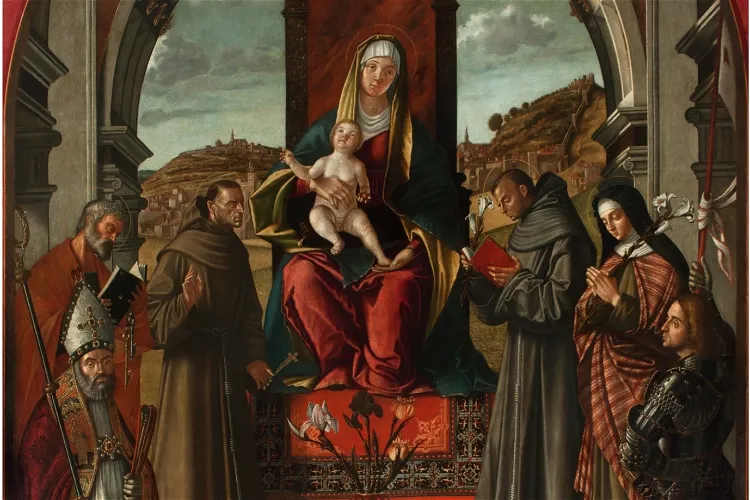
Museo Antoniano
PaduaThe Museo Antoniano is a museum located in Padua, attached to the Basilica del Santo. It houses a permanent exhibition of historical and artistic objects that are related to the life and worship of Saint Anthony of Padua. These objects provide a glimpse into the history and culture of the region, as well as the religious significance of Saint Anthony.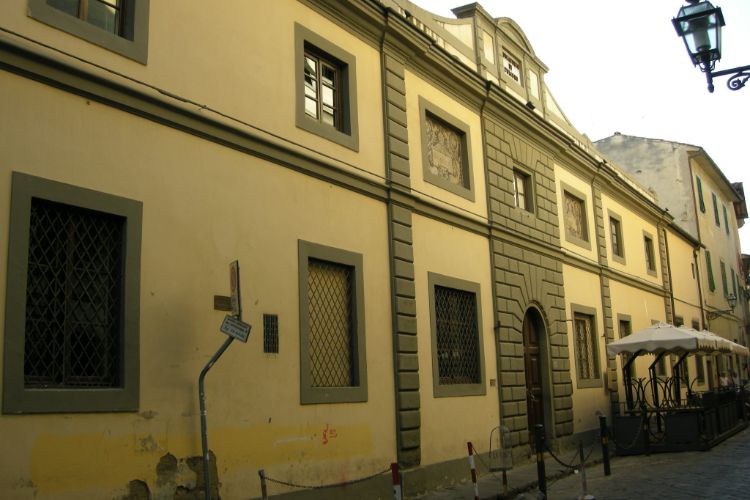
Cenacolo di Fuligno
FlorenceThe Cenacolo di Fuligno is a museum in Florence that is dedicated to the great Last Supper by Pietro Perugino, in the refectory of the former convent of Sant'Onofrio, also known as the nuns of Foligno. In addition to The Last Supper of Perugino on the back wall of the refectory, the museum is dedica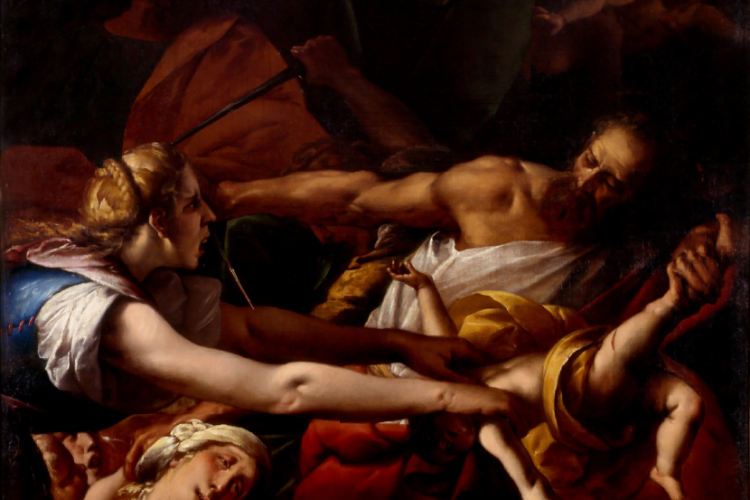
Museo Diocesano di Milano
MilanThe Diocesan Museum of Milan was founded in 2001 with the aim of protecting, enhancing and making known the artistic treasures of the diocese within the spiritual context that inspired them. The museum houses a collection of sacred artworks, especially from Milan and Lombardy.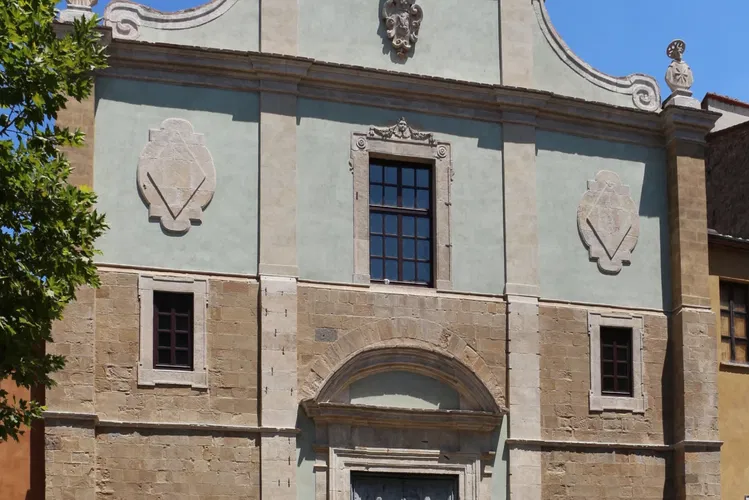
Dioceses Museum of Sacred Art Volterra
VolterraThe Dioceses Museum of Sacred Art Volterra is housed in the church of Sant'Agostino, located in the historic city of Volterra, within the province of Pisa. This location adds a layer of historical and architectural interest to the museum, as the church itself is a significant part of the city's heritage.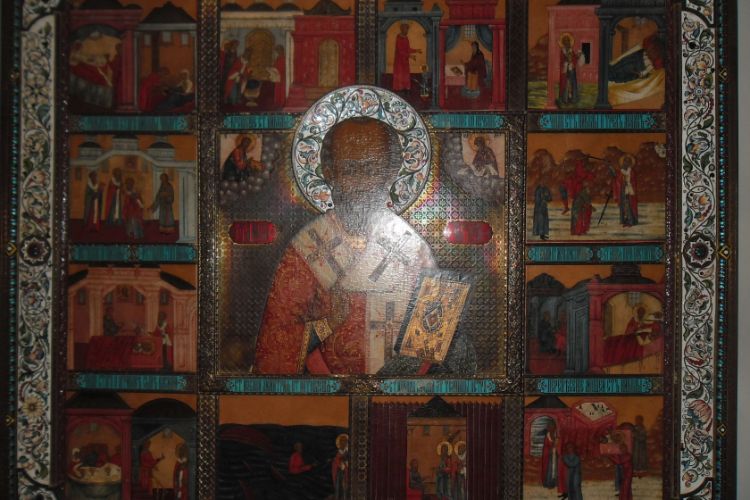
Museo Nicolaiano
BariThe Nicolaiano Museum (Museo Nicolaiano) is a museum in Bari that holds a collection and preserves artistic works related to the centuries-old history of the Basilica of San Nicola. The museum is divided into three exhibition rooms, the Angelo Docente room, the Ruggero II room, and the Diavolo wood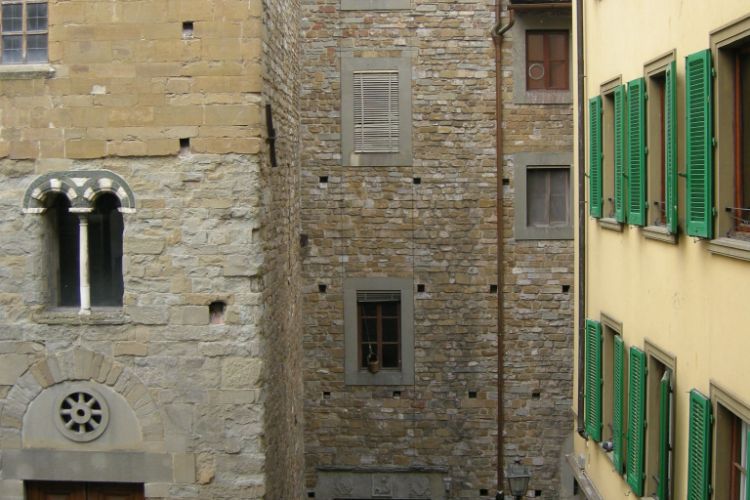
Santo Stefano al Ponte Museum
FlorenceThe Santo Stefano al Ponte is a Romanesque-style, Roman Catholic church in Florence. The church is used as a concert hall and features various artworks, while the Diocesan Museum of Sacred Art, housed in the rectory and adjacent spaces to the church of Santo Stefano al Ponte houses a collection of w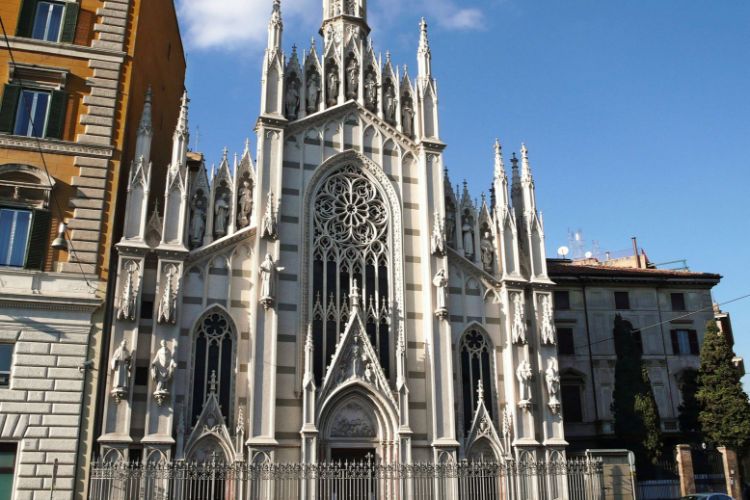
Museo delle Anime del Purgatorio
RomeThe Chiesa del Sacro Cuore del Suffragio is a neogothic church in Rome. Within its sacristy hides a museum: The Museum of the Souls in Purgatory (Museo delle Anime del Purgatorio). Inside, you can find exhibitions of various objects and artworks that are supposed to prove the existence of a Christia
Collegio Alberoni
PiacenzaThe Collegio Alberoni, located on Via Emilia Parmense #77 in Piacenza, Italy, is a Roman Catholic seminary that also houses the prominent Galleria Alberoni. This complex offers a unique blend of religious and artistic history, making it a fascinating destination for tourists interested in both areas.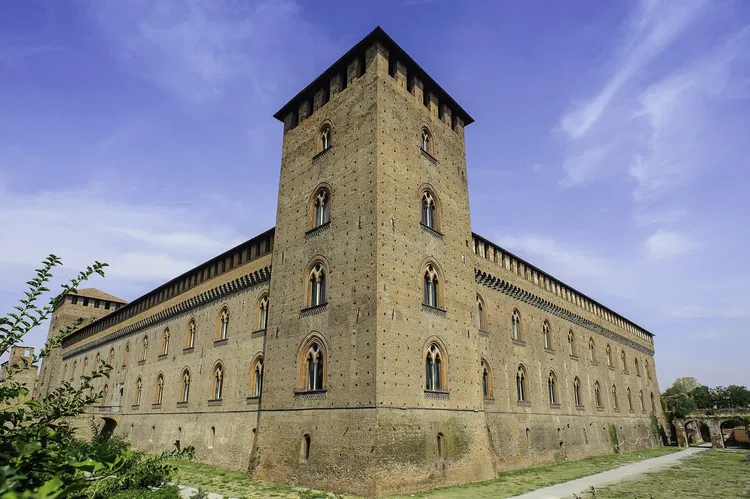
Visconti Castle (Pavia)
PaviaThe Visconti Castle of Pavia, also known as Castello Visconteo di Pavia, is a significant historical site in Northern Italy. Constructed after 1360 by Galeazzo II Visconti, the Lord of Milan, the castle served as a sovereign residence for him and his son, Gian Galeazzo, the first Duke of Milan. The castle's grand dimensions and architectural design are a testament to the power and influence of the Visconti family during the Middle Ages.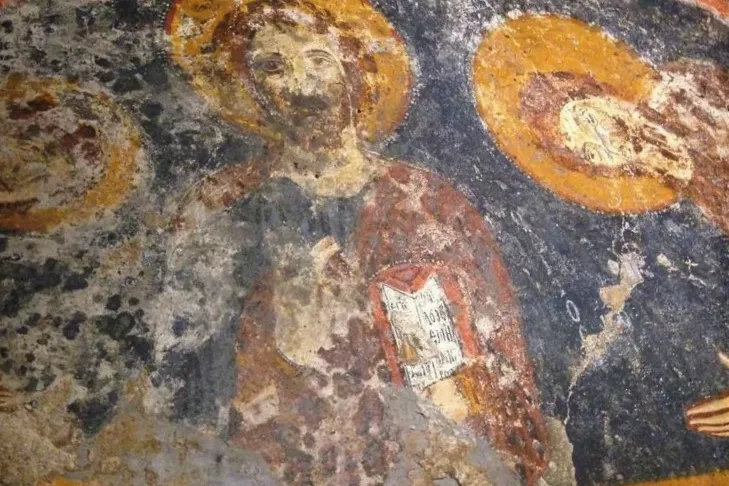
Crypt of the Redeemer
TarantoThe Crypt of the Madonna della Grotta, located in the municipality of Taranto, is a hypogeal rock church with a rich history. Originally, it served as an ancient Roman chamber tomb from the imperial age. The crypt is situated on Via Terni and is connected to an ancient spring water well. This connection to the past provides a unique insight into the historical context of the area.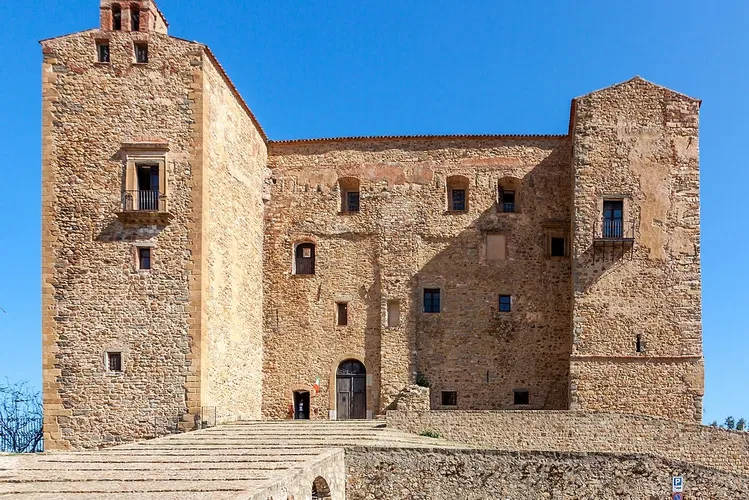
Civic Museum of Castelbuono
CastelbuonoThe museum offers insights into the historical and architectural evolution of the building and the entire urban context. It features dedicated permanent educational sections that provide a comprehensive understanding of the region's history and architecture. Visitors can explore the museum's collections and exhibits to learn more about the area's past and its architectural significance.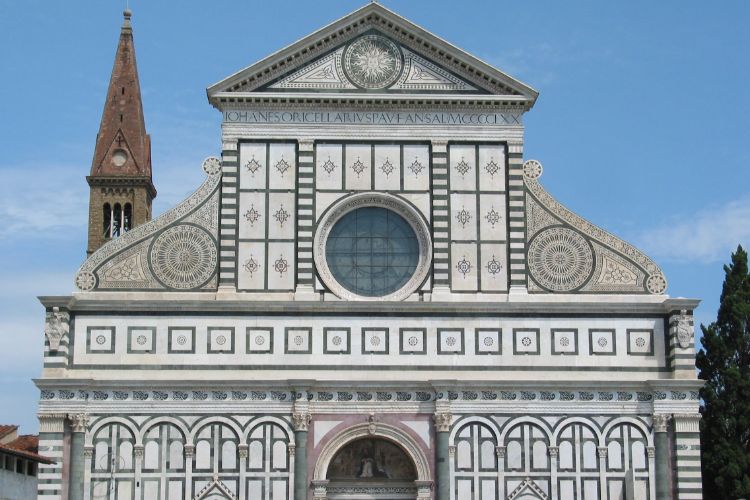
Museum of Florence Santa Maria Novella
FlorenceThe Basilica di Santa Maria Novella is a basilica in Florence of which the façade was built by Leon Battista Alberti in 1470. The church contains the fresco The Holy Trinity of Masaccio. Annexed to it are the buildings of the convent, with three monumental cloisters. The Green Cloister, the Spanish
Welcome To Rome
RomeIn "Welcome To Rome" you will be immersed in the history of Rome and you will live an exciting and engaging experience. In fact, visiting Welcome To Rome means making a real journey through time and space. Walls and ceilings will come alive around you while on the ground a large model of the city- 81
Museo dell'arciconfraternita dei Genovesi
CagliariThe Museo dell'Arciconfraternita dei Genovesi is situated in the city of Cagliari, specifically in Via Gemelli. The museum is housed at the headquarters of the Arciconfraternita dei Santi Martiri Giorgio e Caterina dei Genovesi, which is adjacent to a church bearing the same name. The location of the museum is in the Monte Urpinu district of the city. - 82
Museo Costantiniano della Steccata
ParmaThe Museo Costantiniano della Steccata is situated in the city of Parma, specifically within the Basilica of Santa Maria della Steccata. This location adds a unique historical and architectural context to the museum, making it an interesting destination for tourists interested in both art and history. - 83
Museo Diocesano di Pesaro
PesaroThe Museo Diocesano di Pesaro is housed in the Seminary building, which was constructed in 1788 by architects Gianandrea Lazzarini and Giovanni Antinori. The museum is conveniently located opposite the cathedral of the city of Pesaro, making it easily accessible for visitors. 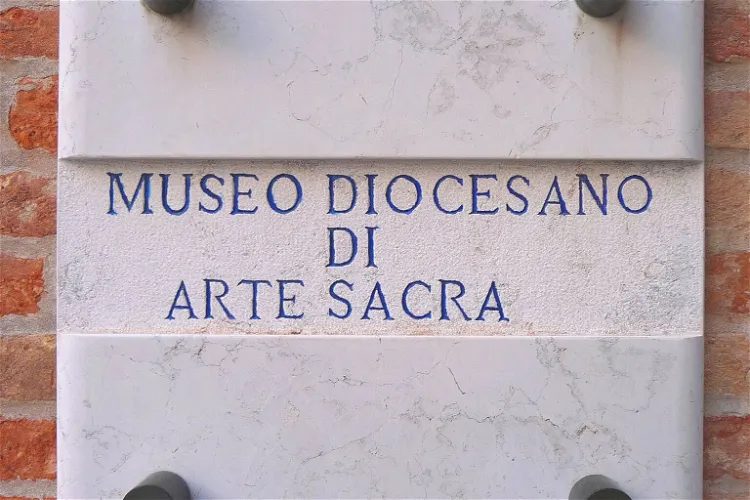
Museo Diocesano di Arte Sacra Treviso
TrevisoThe Diocesan Museum, located in Treviso, was inaugurated in 1988. It is a significant cultural institution in the city, offering a rich collection of religious art and artifacts. The museum is housed in a historic building, adding to its charm and appeal.- 85
Museo Diocesano di Bisceglie
BisceglieThe Museo Diocesano di Bisceglie, established in 1980, is housed in the Episcopal Palace. This location adds a layer of historical significance to the museum, as the palace itself is a testament to the rich history of the region. Visitors can appreciate the museum's collection while also experiencing the grandeur of the palace. - 86
Museo Diocesano
BariMuseo Diocesano di Bari (The Diocesan Museum of Bari) is a musuem in Bari that is lcoated in the spacious rooms on the first floor of the Episcopio. The musuem holds a collection of historical and cultural heritage objects related to the Christian root of the people from Bari. The physical location - 87
Museo Di Arte Sacra della pieve di S.Maria Assunta
BientinaAn interesting showcase of sacral artifacts dating mostly to the 16th and 17th centuries. Do not miss out if interested in sacral art. - 88
Museo Internazionale Del Presepio
RomeThe Museo Internazionale Del Presepio (the International typological museum of the "Angelo Stefanucci" nativity scene) is a museum in Rome located in the basement of the church of saints Quirico and Giulitta. The museum holds and exhibits a collection of nativity scenes from all over the world, crea - 89
Biblioteca San Lorenzo Maggiore - Fra Landolfo Caracciolo
NaplesBiblioteca San Lorenzo Maggiore - Fra Landolfo Caracciolo is located in Naples. In addition to a collection of around 30,000 volumes, both old and more contemporary, the library houses the Brancaccio historical archive and the Palatucci archive. The picture gallery features paintings by various arti - 90
MUDI - Diocesan Museum of Sacred Art of Taranto
TarantoThe Diocesan Museum, also known as Mu.di., is situated in the historic setting of the 16th-century Archbishop's Seminary in the Old Town of Taranto. This location not only provides a unique backdrop for the museum's exhibits but also adds to the overall cultural and historical experience of visiting the museum. - 91
Kronos - Museo della Cattedrale di Piacenza
PiacenzaThe Kronos Museum of the Cathedral of Piacenza exhibits a rich heritage of art and culture that spans from the 12th to the 20th century. These exhibits originate from the cathedral itself and other churches in the area, providing a comprehensive overview of the region's religious art and culture over several centuries. - 92
Museo Diocesano di Pozzuoli - Palazzo Vescovile
PozzuoliThe Diocesan Museum of Pozzuoli is a significant cultural institution located in the Rione Terra, within the episcopal palace of Pozzuoli. This museum is dedicated to Christian art, offering visitors a chance to explore a rich collection of religious artworks and artifacts. The museum's location within the episcopal palace adds to its historical and cultural significance.